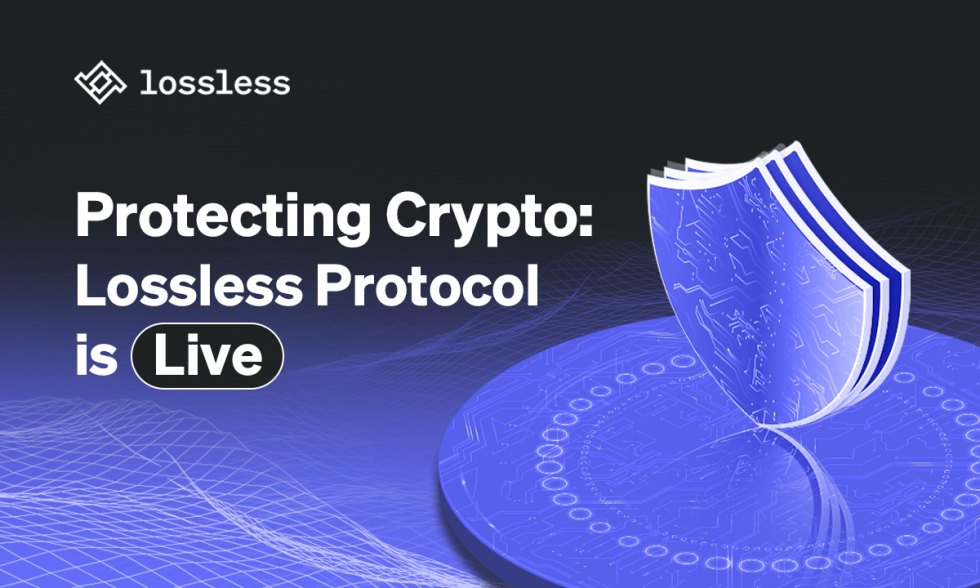Lossless, the first DeFi hack mitigation tool for token creators, has launched its Core Protocol on Ethereum’s mainnet today. Read on to find out why it is monumental to the entire crypto space and how it will change security as we know it.
Crypto hacks
$1.23 billion has been stolen or hacked across the crypto ecosystem during Q1 of 2022. That is up almost 700% from $154 million in losses in Q1 of 2021.
Hacks are accelerating – one key reason is the incredible pace of development within the ecosystem. Protocols are launching within weeks and this pace of deployment has a tremendous downside: the code is not always properly audited and smart contracts are launched with bugs. This situation requires a solution – it is critical for the world of crypto to have an effective hack prevention and mitigation tool.
Lossless
New types of bugs will arise with newly invented products and features so constant development is inevitable. Preventing all hacks from happening in the first place is difficult but aiming to minimize them and their impact as much as possible is the goal.
A clever solution that achieves a safe crypto world for all, is to use a hack mitigation tool. When a hack occurs, the tool would freeze the transaction for it to be reviewed and when it turns out to be a hack, the transaction would be reverted back to the owner.
Lossless Core Protocol enables exactly that. It is a critical piece of infrastructure for crypto. Other protocols can implement a piece of Lossless code into their token smart contracts to seek hack mitigation capabilities.
Lossless community white-hat hackers and developers can build bots that scan all transactions of these connected cryptocurrencies. When a bot spots a potentially fraudulent transaction, it can be frozen midway to the exploiter.
The bot owner needs to commit 2500 $LSS tokens to generate a hack report. This staking method ensures that only fraudulent transactions are frozen. The Lossless community can also stake a fixed amount of 200 $LSS tokens on top of the report if they believe a transaction is indeed fraudulent and earn rewards from their staking – depends on their speed and the amount retrieved from the hack.
The hack report triggers an investigation by the Decision-Making Body, which is made up of the token creators, Lossless team experts and a Security Committee of crypto industry professionals. This structure determines whether the transaction is fraudulent or not.
When the bot turns out to be right and the report was about an actual hack, hack finders, community members that staked Lossless tokens and the Decision-Making Body are rewarded. When the transaction is not fraudulent, it’s unfrozen and goes to the intended recipient.
Any community member can build a bot to use for hack spotting. This stirs up inventiveness in the community and makes people come up with the most effective algorithms and strategies to identify hacks and malicious activity on the blockchain.
Launch of Mainnet
Lossless launched the Core Protocol today, enabling token owners which have already implemented it or are about to do so, to take charge of their token security. It was launched first on Ethereum’s mainnet. During the next few weeks it will be adapted so it can be launched on the BNB Chain, Polygon, Harmony, Avalanche and Fantom blockchains.
The Lossless hack prevention and mitigation tool will be a crucial element for getting the number of funds being stolen down in crypto. It will create the environment of trust that the blockchain ecosystem really needs to get to that next phase of mainstream adoption as the vision of the team is a trusted and safe DeFi ecosystem with minimal to no losses from hacks, exploits, or social engineering.
More information:
Whitepaper: https://lossless-cash.gitbook.io/lossless/
Website: https://lossless.cash
Twitter: https://twitter.com/losslessdefi
Telegram: https://t.me/losslesscash
